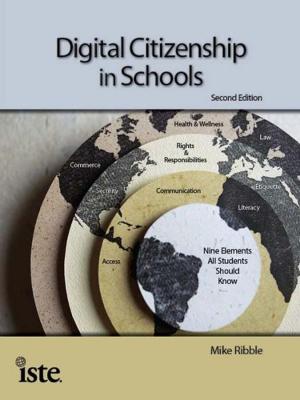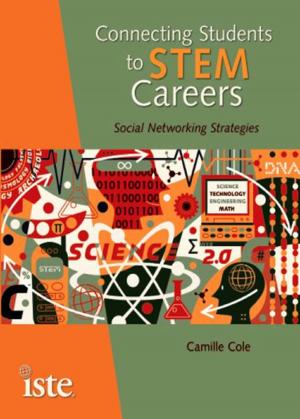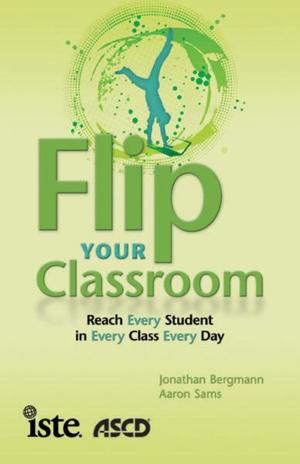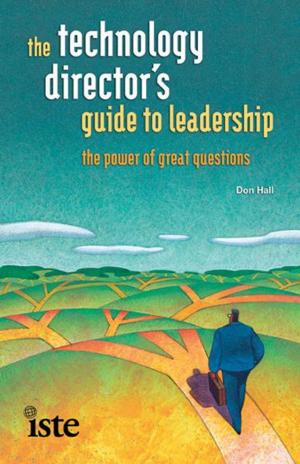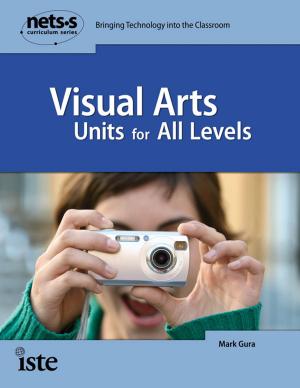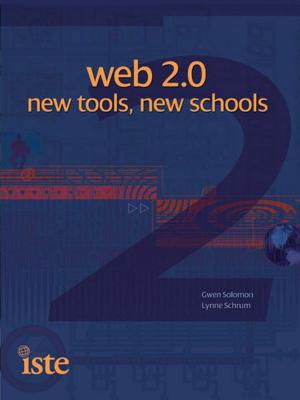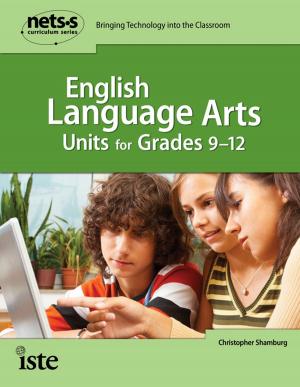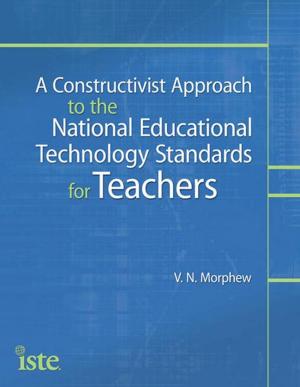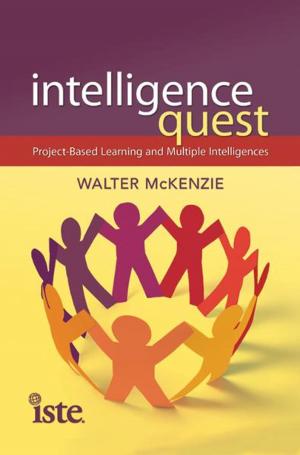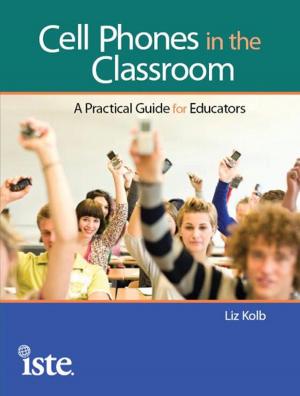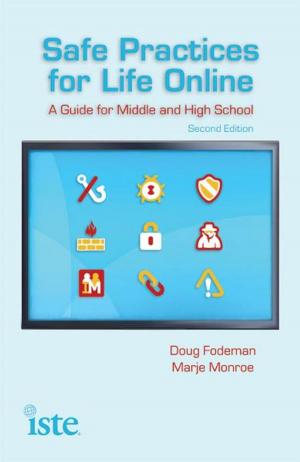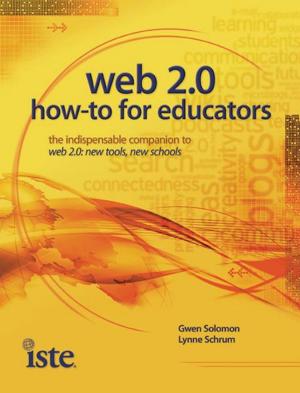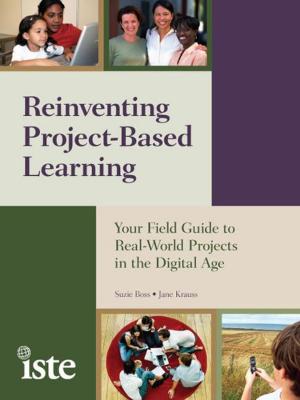Bookmapping
Nonfiction, Reference & Language, Education & Teaching, Teaching, Computers & Technology| Author: | Terence W. Cavanaugh, Jerome Burg | ISBN: | 9781564844453 |
| Publisher: | International Society for Technology in Education (ISTE) | Publication: | April 21, 2011 |
| Imprint: | Language: | English |
| Author: | Terence W. Cavanaugh, Jerome Burg |
| ISBN: | 9781564844453 |
| Publisher: | International Society for Technology in Education (ISTE) |
| Publication: | April 21, 2011 |
| Imprint: | |
| Language: | English |
With books, your students can travel the worldexploring faraway places and meeting people from different cultures. With bookmapping, they can use technology to virtually expand their understanding of the locations they visit and connect literature with geography, social studies, and more. Bookmapping allows students to plot the locations of a story on an interactive map, adding multimedia and hyperlinks about the setting, characters, and plot. They can add a photograph of a historical figure or an audio clip of regional music. And maps offer much more, helping students see places in the book up closethe vastness of the ocean their hero must cross, or the density of a city that hosts colorful and varied characters. In Bookmapping: Lit Trips and Beyond, Cavanaugh and Burg show you how this dynamic, interactive activity is a cross-curricular tool that helps students not only develop a better understanding of places, cultures, and the books they are reading, but also make connections among the subjects they learn in school. The authors explain how to create bookmaps, how to use existing ones, how to use them for creative writing, and much more. In addition, they provide instructions for mapping programs including Google Earth, share a few sample lesson plans, and discuss classroom management so you can start bookmapping whether you have one computer in your classroom or a computer for every student.
With books, your students can travel the worldexploring faraway places and meeting people from different cultures. With bookmapping, they can use technology to virtually expand their understanding of the locations they visit and connect literature with geography, social studies, and more. Bookmapping allows students to plot the locations of a story on an interactive map, adding multimedia and hyperlinks about the setting, characters, and plot. They can add a photograph of a historical figure or an audio clip of regional music. And maps offer much more, helping students see places in the book up closethe vastness of the ocean their hero must cross, or the density of a city that hosts colorful and varied characters. In Bookmapping: Lit Trips and Beyond, Cavanaugh and Burg show you how this dynamic, interactive activity is a cross-curricular tool that helps students not only develop a better understanding of places, cultures, and the books they are reading, but also make connections among the subjects they learn in school. The authors explain how to create bookmaps, how to use existing ones, how to use them for creative writing, and much more. In addition, they provide instructions for mapping programs including Google Earth, share a few sample lesson plans, and discuss classroom management so you can start bookmapping whether you have one computer in your classroom or a computer for every student.

